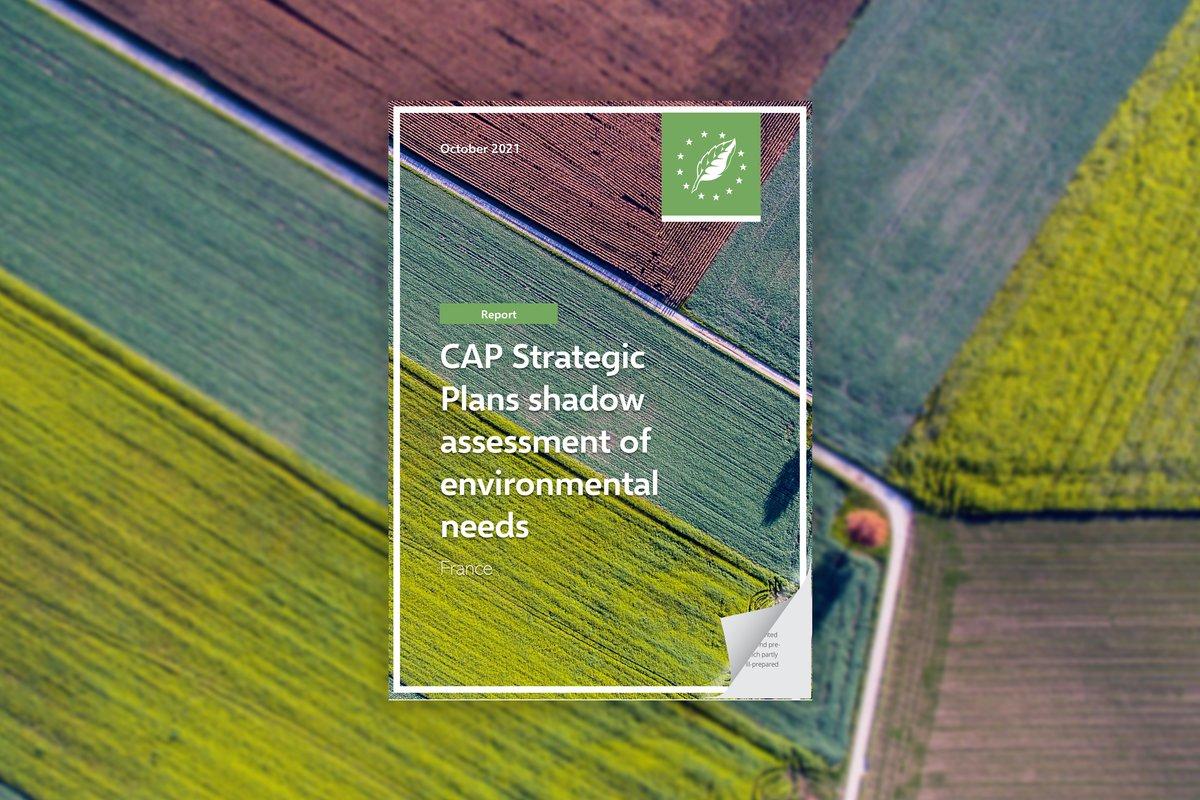AUTHORS: Jean-François Hulot – Juliette Pagnon
The Common Agricultural Policy (CAP) is the key funding tool to address sustainability challenges in the agriculture sector. This IEEP report sets out the main environmental needs in France relating to agriculture, to inform the decision-making process on how CAP funds will be spent.
The future CAP is meant to be focused on performance, delivering results against a set of EU objectives which are translated into national and regionally identified needs. The CAP strategic plans (CSPs) are supposed to be at the heart of this new model and could, if used at their full potential, help support a transition towards sustainable farming across the EU and be a useful tool to meet the European Green Deal objectives.
This report by IEEP identifies the major environmental and climate needs in France relating to agriculture to inform the drafting and evaluation process of the CAP strategic planning in France. This process is crucial as it will determine how France will spend around € 44 billion in farming subsidies until 2027.
How France spends this money has significant implications for the climate and environment, given the contribution of the French agriculture sector to greenhouse gas emissions, biodiversity decline and other environmental challenges including water pollution. It will therefore have a strong role to play in whether France, and the EU as a whole, is able to reach the goals of the European Green Deal.
IEEP has conducted this report in order to:
- provide French and EU stakeholders and decision-makers with evidence-based material to inform the French CAP strategic plan intervention logic
- provide a reference point for the evaluation of the French government’s own needs assessment in their CAP strategic plan.
IEEP has conducted similar reports for Germany, Spain (forthcoming) and Hungary (forthcoming).
Key findings
Here are the main findings for climate and biodiversity (see full report for findings on water, soil and air):
Climate: France is the most significant emitter of agricultural emissions in the EU, with an agricultural sector accounting for 17% of EU agricultural emissions. Our assessment shows that, given current estimates, policy choices and future prospects, it is not on track to meet its national and EU 2030 climate objectives. It will therefore be necessary to design a CSP that efficiently reduces emissions from livestock and crops, by reducing farm animal numbers and the use of fertilisers, and by improving soil management practices to conserve CO2 and other greenhouse gas in soils.
Biodiversity: Farmland bird population has decreased by 40% since 1995 in France and wild pollinators are declining; Trends in conservation status indicate continuing degradation (decline) for more than one in four habitats or species. Our assessment shows that given current estimates, policy choices and future prospects, it is not on track to meet its national and EU 2030 biodiversity objectives. It will therefore be necessary to design a CSP that: efficiently reduces the use of phytosanitary products, extensifies practices, protects and restores landscape elements and other biodiversity habitats and reduces stocking densities for livestock.

